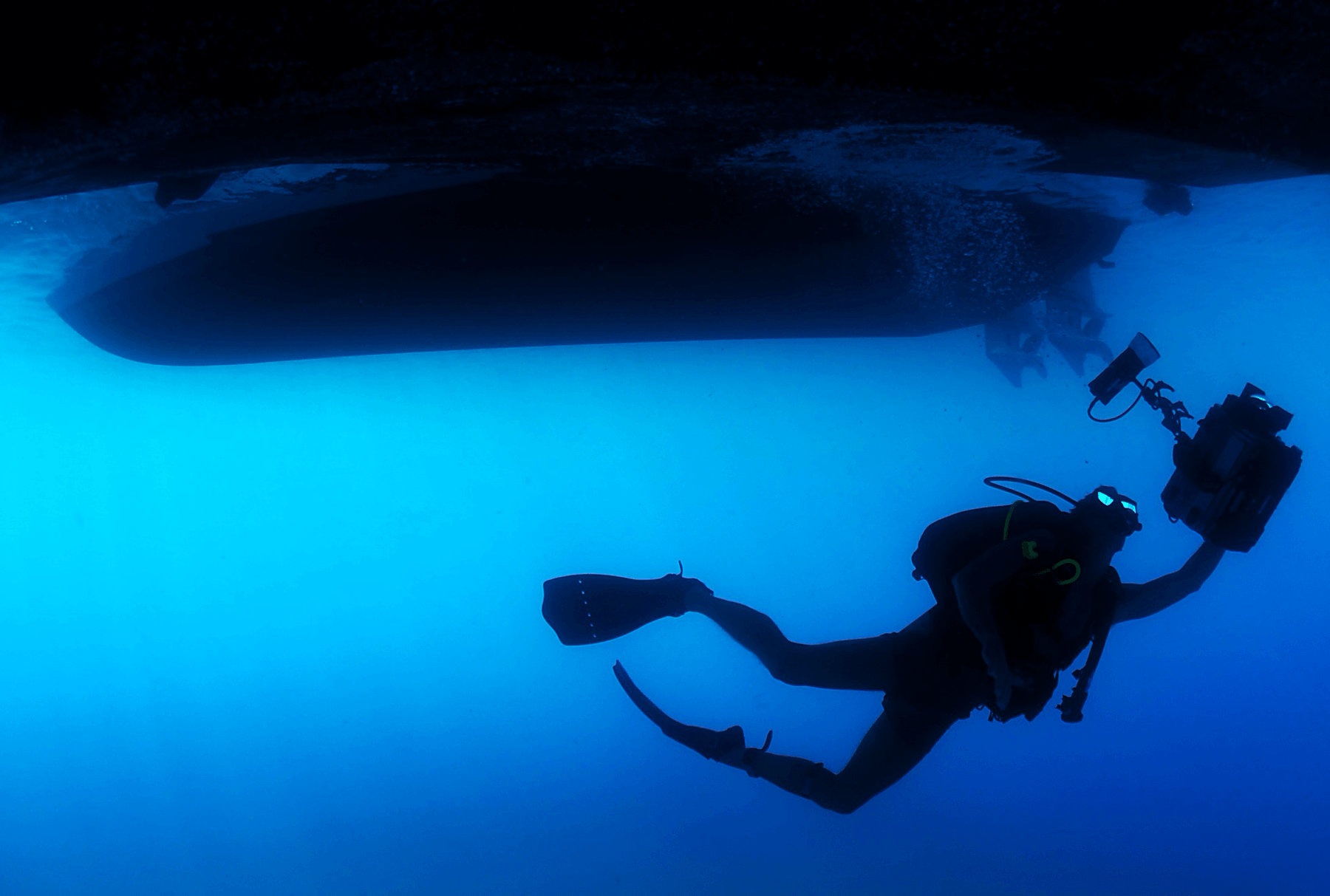Full-Duplex For Underwater Acoustic Communications
There is an immense interest in developing underwater acoustic communication (UAC) systems. These provide remote control and telemetry applications for the off-shore oil and gas industry.
Project leader
Dr Charalampos Tsimenidis
Dates
January 2018 to December 2020
Project staff
Jeffrey Neasham, Professor Jonathon Chambers
Sponsors
Partners
Atlas Elektronik UK Ltd
Description
In practice, the only workable method to achieve subsea communications is by acoustic signals.
The UAC channel has limited bandwidth. Research has concentrated on the half-duplex (HD) mode of operation. This uses time-division duplexing (TDD). Full-duplex (FD) transmission could double the throughput of single-hop wireless communication links.
We will address three crucial challenges.
Understanding the Self Interference (SI) in FD UAC systems
To design effective self interference cancellation (SIC) methods, we need a comprehensive understanding and accurate models of SI.
SIC methods
Effective SIC methods must be capable of providing cancellation up to 100 dB. There have been no investigations into passive and active SIC for UAC waveforms. But there is significant potential in their use, as well as in developing new and improved approaches.
The benefits of FD in UAC networks
FD links offer enhanced physical layer capability. The medium access control (MAC) layer must be able to simultaneously transmit and receive on the same frequency channel. So adaptive scheduling is needed to cope with varying traffic demands, channel conditions and local interference. The long propagation delays demand efficient assignment of capacity. We can achieve this by using methods adopted for satellite systems. These methods include free, predictive assignment of capacity, and FD-enabled physical layer network coding.
The research will contribute to the development of FD-based underwater networking and communication capabilities. It will be applicable to many sectors and fields, including:
- oil and gas exploration
- oceanographic data collection
- pollution monitoring
- disaster prevention
- security
